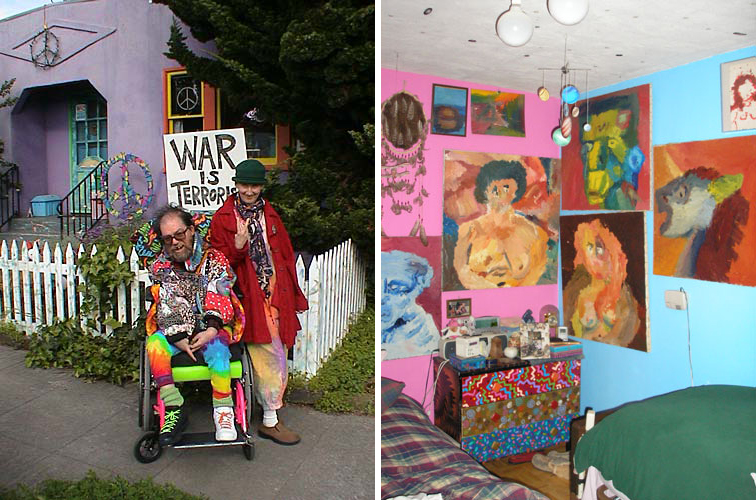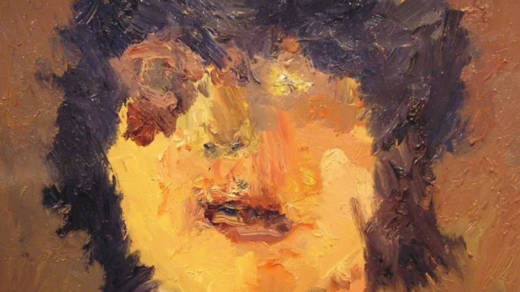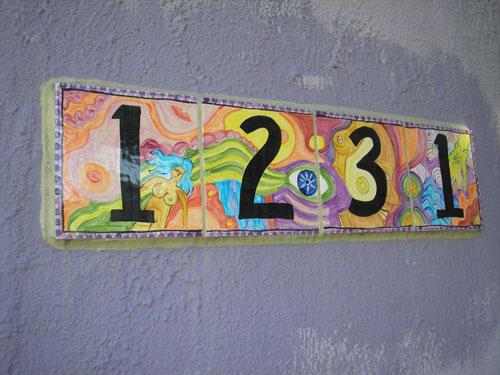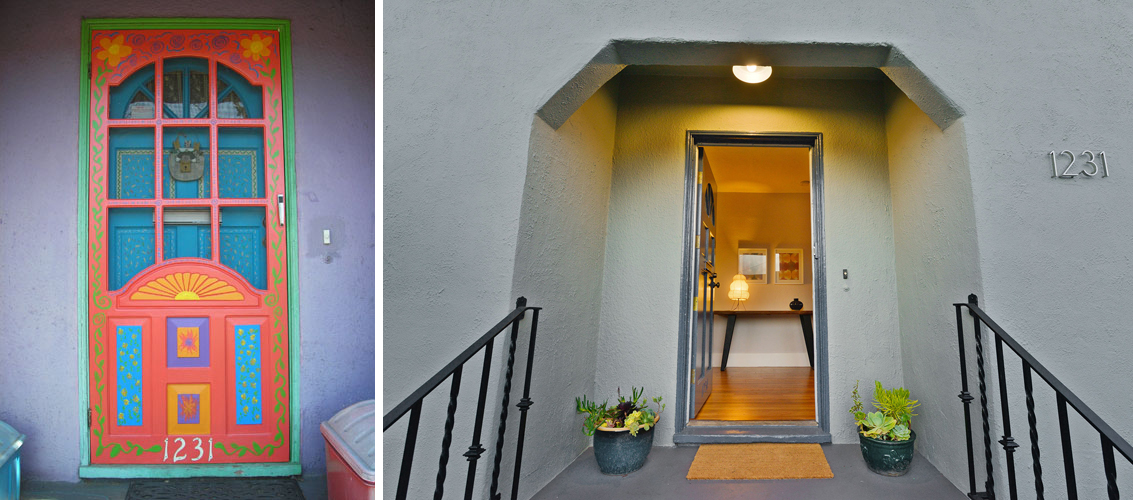Way Bay 2, the second installment of the Berkeley Art Museum and Pacific Film Archive’s Bay Area survey, opened on June 13 with some changes to the previous show. Part California history lesson and part fine art exhibit, the exhibition offers a marriage of known and unknown Bay Area artists, with nods to underground art trends and moving pictures from the museum’s film archives.
Highlights include a loudly ringing bell encased in plastic, silencing it for the outside world (Zarouhie Abdalian’s As a Demonstration) and a painting portraying the impending extinction of the white rhino (William T. Wiley’s 1966 piece The White Rhino Injured), a work that takes on special meaning now, a mere month after the last white male rhino died. In fact, much of Way Bay 2 is about preservation of memory, both past and present.
The show also features one of the late artist Frank Moore’s paintings, an aggressively abstract and eponymously titled portrait of Patti Smith. BAMPFA director and Way Bay curator Larry Rinder sought out Moore’s paintings last year, securing a promised gift from the estate. But Patti Smith arrived at BAMPFA earlier than planned; the estate needed to send the painting over post haste, they were moving. Frank Moore’s Berkeley home had gone on the market.

Born with cerebral palsy in 1946, Moore was unable to communicate without the assistance of a family member until age 17, when he invented his own speech board. Known for his exhibitionism and performance art pieces, rumors of him traveling the streets of Berkeley followed by naked women come up at the very mention of his name.
Moore, who passed away in 2013, led such an audacious life he is now the subject of a new documentary by local filmmaker Keith Wilson. Deep inside the Shaman’s Den is set to release in the summer of 2019 with support from the Bay Area Video Coalition.





